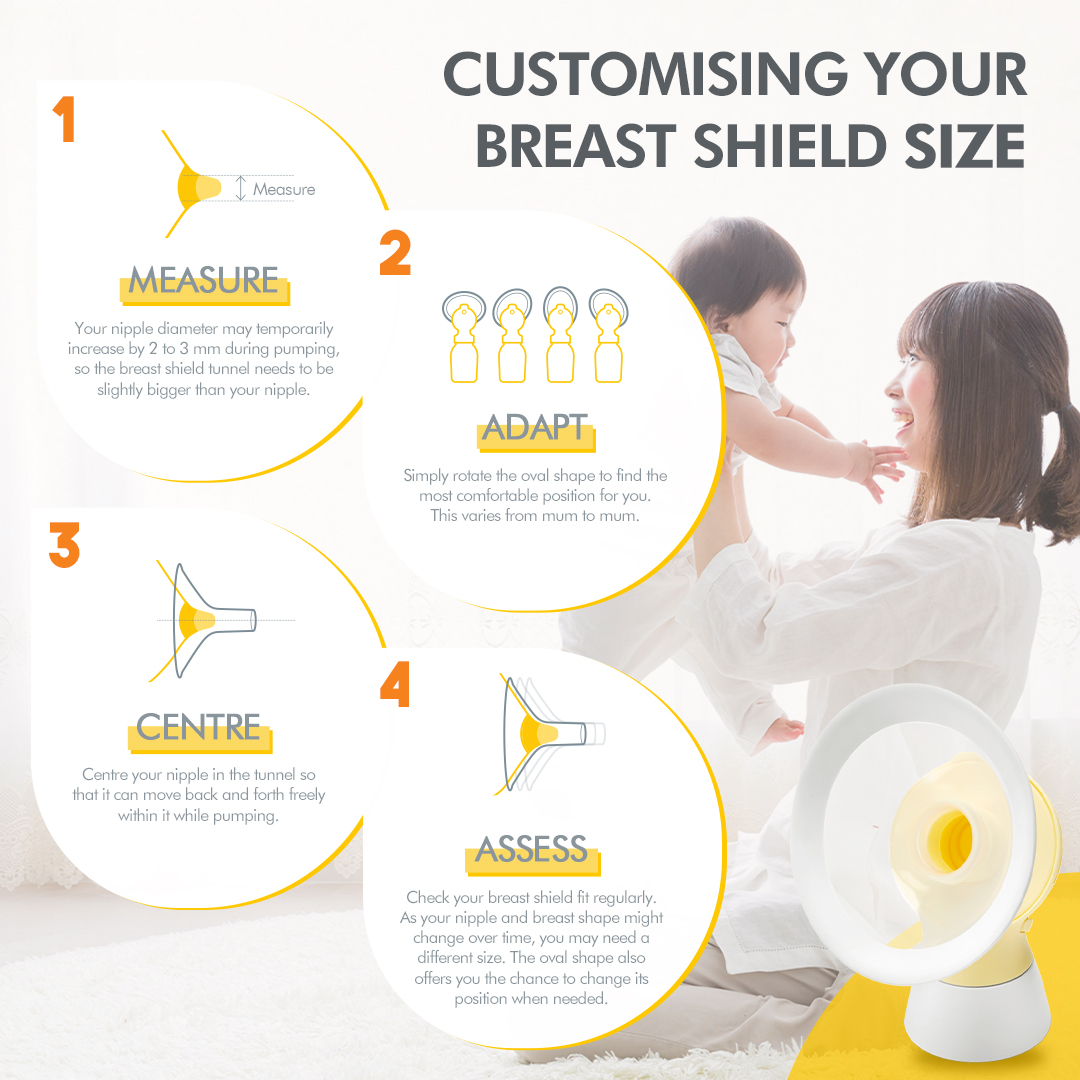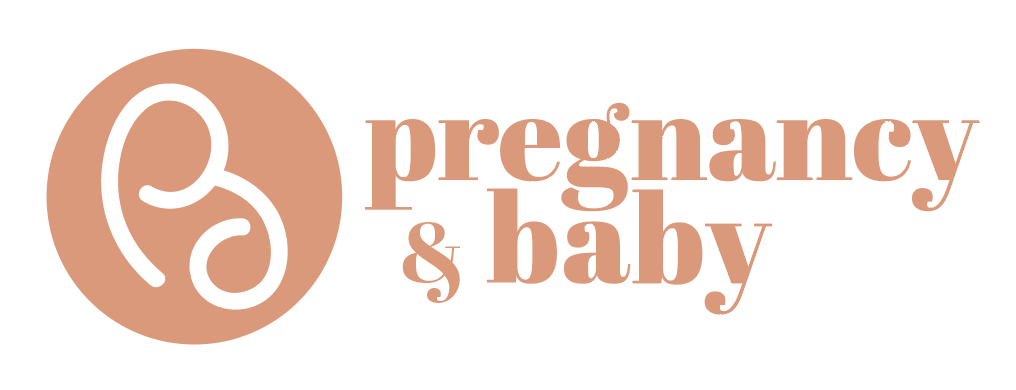

Breast pumping shouldn’t hurt! 5 ways to remedy the most common pumping problems.
#1: Blocked Ducts
A common concern for breastfeeding mothers are blocked ducts - a sore lump that appears in your breast that is painful to the touch. This occurs when milk is not fully drained and gets clogged, due to pressure from a tight nursing bra or even from using a breast pump that is not powerful enough to empty the breast. Frequent feeding or pumping is often the best way to clear blocked ducts. Incorporate these simple remedies to unclog blocked ducts quickly.
Before breastfeeding
To open up the ducts, apply a warm towel to the affected breast or take a warm shower while massaging the sore area gently and working your way toward the nipple.
During breastfeeding
Start with the affected breast first, as your baby will suck the strongest in the beginning and the pressure may dislodge the clog.
After breastfeeding
Place a chilled cabbage leaf or cold towel over your breasts to relieve any soreness or pain.
To prevent blocked ducts, use a breast pump to drain the breast completely if your baby finishes feeding before your breast is empty.
#2: Anxiety when pumping
Pumping anxiety induces brief moments of negativity and most mothers describe this as a sudden feeling of sadness that lasts for a few minutes. This form of anxiety, also known as Dysphoric Milk Ejection Reflex (D-MER), is triggered when dopamine levels dip due to milk ejection while breastfeeding.
By understanding that it is a hormonal reflex that is very common among nursing mothers, you won’t feel so alone and afraid when it occurs. To cope with the sudden dip in dopamine levels, mothers can include more chocolates in their diet or include relaxation exercises in their day to spike their dopamine levels. The good news is that pumping anxiety will eventually pass at the 3-month mark.
#3: Soreness & Dryness
Breastfeeding & pumping is tough on your nipples, often causing sore and dry nipples initially. Once your body gets used to it, the soreness will fade away. To alleviate dryness, soothe your nipples with a few drops of your breast milk after nursing or pumping. It also helps to turn down the suction during your first few pumps until your nipples have time to adjust, before gradually increasing the suction power.
#4: Exhaustion
When you are starting on your breastfeeding journey, your body uses a lot of energy to produce breast milk, and it is perfectly natural to feel exhausted. However, when exhaustion is not managed properly, it may reduce breast milk supply. Here’s how you can prevent exhaustion and fatigue right from the start.
Power Nap
Taking these 20-minute power naps during the day works wonders for your energy level and mood. The best time to nap is when your baby is napping. Don’t be stressed if you don’t drift off to sleep, as the 20 minutes of relaxation will still leave you feeling refreshed and alert.
Get Comfortable
Being relaxed and comfortable while pumping will help your milk flow. Stress and discomfort can hinder your milk-producing hormones and affect milk supply. Create a relaxing pumping environment with sufficient back support, play some calming music and consider hands-free pumping to free up more time for yourself.
Eat Right
Your body requires 500 calories a day to exclusively breastfeed a baby. While it can be tempting to diet to lose your pregnancy weight, make sure that you are sufficiently nourished to keep your energy level up. Try including these superfoods in your diet:
#5: Finding the Right Breast Pump
When you’re ready to start pumping breast milk, finding the right pump can make or break your breastfeeding journey. Consider the following factors when choosing the right breast pump:
Working mom vs Stay-home mom
If you’re going to be working full-time, consider investing in an electric breast pump that can save precious time. Some breast pumps like Medela Maxi Swing Flex Pump allows for hands-free pumping to free up more time for yourself.
For stay-home moms with the occasional need to drain milk, a battery-operated or manual pump would suffice. While these are cheaper than the electric pumps, they take twice as long to drain the breasts.
Single vs Double Pumping
For mothers who are always on the go, it is worth investing in a double breast pump to save time and get more milk – yes, that’s an extra bottle after a few pumping sessions. Apart from cutting down your pumping time by half, double pumping boosts the prolactin hormone which stimulates milk production and results in 18% more milk supply as compared to single pumping.
Investing in a double breast pump also frees up your hands for a few minutes, giving you pockets of free time during the day, making your pumping sessions more efficient and comfortable than before.
Well-fitted breast shields
When choosing a breast pump, it is important to get the perfect fit for your breast shield. A poor fit may result in soreness and nipple damage from chafing over time. Loose breast shields may not drain out your breast milk completely, leaving your breasts feeling full and may even lead to painful blocked ducts.
Here is a quick guide to choosing the right fit:
Using the well-fitted breast shield goes a long way in maximising comfort and efficiency during your breastfeeding journey. Medela’s Personal FlexTM breast shields are available in 5 sizes to accommodate changing breast shape or uneven breast size.
For busy mums who want to spend less time pumping, the Medela Swing Flex Pump is capable of double pumping more milk at half the time, offering convenience and more time on your hands. Each breast pump is equipped with Personal FlexTM breast shields that is customised for maximum comfort and designed to adapt to changing breast shape. Medela’s patented 2-Phase ExpressionTM technology mimics babies’ sucking for a more natural pumping experience and switches automatically from stimulation to expression phase for optimal milk flow.
Copyrighted Pregnancy & Baby by Mummys Market 2019


